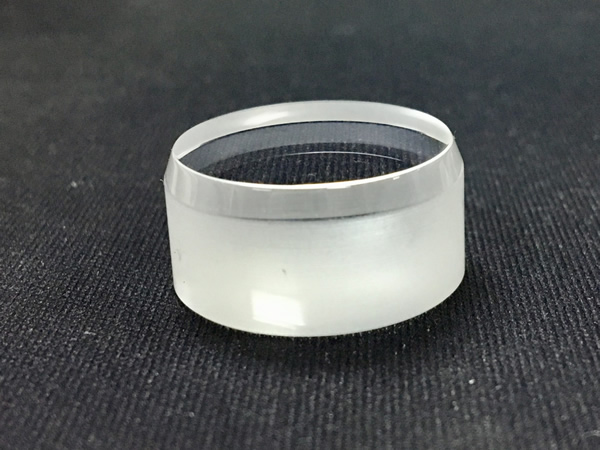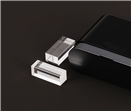
Time:2025-05-28
Sapphire glass, as a high-performance material, plays an important role in optics, electronics, and multiple high-tech fields. And its refractive index characteristics are one of the key factors that make this material widely applicable. This article will explore the refractive index characteristics of sapphire glass, starting from basic concepts, gradually analyzing its specific applications in different fields, and how this characteristic affects the optical properties of the material.

The refractive index, as an important parameter of optical materials, describes the change in velocity and direction of light entering from one medium to another. Simply put, when light enters a high refractive index material from air (with a refractive index of about 1), its propagation speed slows down and its direction changes. The refractive index of sapphire glass is approximately between 1.75 and 1.77, which is much higher than the refractive index of ordinary glass (about 1.5), giving it a unique advantage in optical applications.
The refractive index characteristics of sapphire glass endow it with excellent transparency and optical clarity. In the visible and near-infrared regions, it can maintain a high degree of transparency, making it suitable for manufacturing high-precision optical components. For example, in camera lenses, high refractive index materials can reduce the thickness and weight of the lens while improving image resolution and contrast.
In addition, the low absorption coefficient of sapphire glass is also one of the reasons for its excellent optical performance. The absorption coefficient is an indicator of a material's ability to absorb light. A low absorption coefficient means that light is lost less when passing through the material and can maintain a high transmittance. This is particularly important for applications that require high transparency, such as solar panels and LED substrate materials. The combination of low absorption coefficient and high refractive index makes it the preferred material in these fields.
The refractive index characteristics of sapphire glass are one of the key factors that enable it to be widely used in optics, electronics, and multiple high-tech fields. The high refractive index endows it with excellent transparency and optical clarity, giving it unique advantages in manufacturing optical components and electronic products.






Tel
Mobile phone
Customer service
TOP